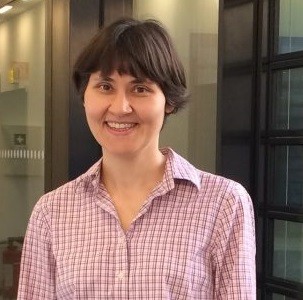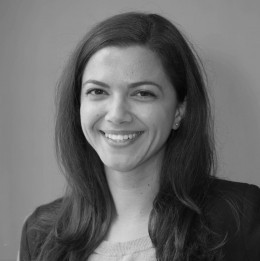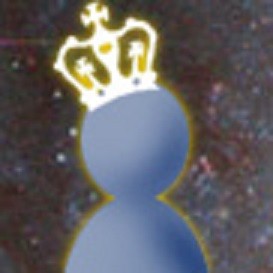Please see the list below for information on current Physics and Applied Physics faculty, as well as an ongoing list of professional and non-Columbia mentors who offered to be a point of contact for students if they have questions. Individual research/bio pages are linked in the name. Each person below has given us permission to list them on our website as connections for Spectra members.
Columbia Faculty
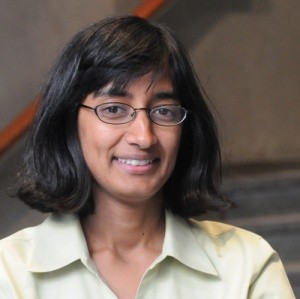
Research Interests: [We] measure fundamental properties of single molecule devices, seeking to understand the interplay of physics, chemistry and engineering at the nanometer scale. The underlying focus of our research is to fabricate single molecule circuits, a molecule attached to two electrodes, with varied functionality, where the circuit structure is defined with atomic precision.
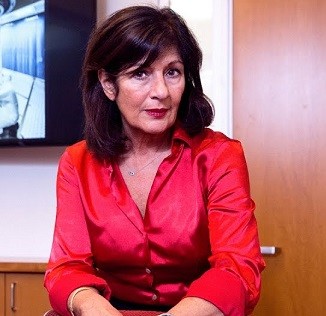
Research Interests: The Aprile Group uses liquid xenon (LXe) to detect and image radiation from a variety of physics phenomena in astrophysics and particle physics. Currently the group is focused on the XENON Dark Matter Experiment, while continuing R&D to improve the performance of noble liquid time projection chambers, with a special emphasis on combining the ionization and the VUV scintillation from these materials for precise energy measurement and imaging.
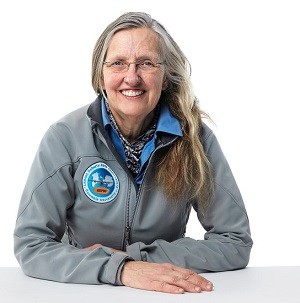
Field of Interest: Ice Sheet Dynamics and Mass Balance, Continental Dynamics, Estuarine Processes, Linkages between ice sheet processes and subglacial geology. Interaction of ecosystems and geologic systems from microbes to benthic habitats. Tectonic uplift and feedback mechanisms, Interaction of tectonics and ice sheet dynamics. Gravity and magnetic measurement techniques for marine and airborne applications. Gravity gradiometry.
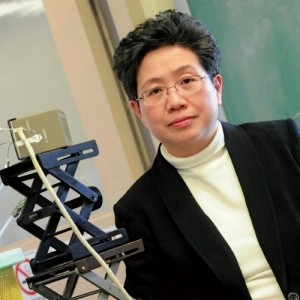
Research topics: Transmission electron microscopy; thin films, grain boundaries and interfaces; high Tc superconductors; electronic ceramics. The focus of Chan’s research is a systematic study of grain boundaries and interfaces relating their geometry, structure, chemsitry, and energetics with their electrical properties.
Professional/Non-Columbia Points of Contact
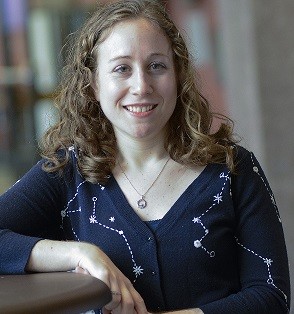
Bio: Clara Moskowitz is a Senior Editor who covers astronomy, physics, spaceflight and mathematics for Scientific American. Previously, she spent five years at SPACE.com, where she was assistant managing editor. Clara has a graduate degree in science communication from the University of California, Santa Cruz, and a B.A. In astronomy and physics from Wesleyan University.
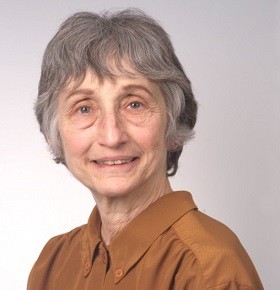
Bio: I am a medical physicist in the Clinical Physics service at Memorial Sloan Kettering Cancer Center, which works to provide safe and effective radiation therapy to cancer patients. One of my primary research interests is reducing treatment complications by finding — and eliminating — aspects of radiation dose distributions that have led to complications in the past. I am also interested in developing practical methods to improve the accuracy of radiation therapy by minimizing the effects of breathing motion on the position of a tumor. As a former college physics teacher, I remain interested and involved in education at Memorial Sloan Kettering, where I work with young medical physics and medical residents.
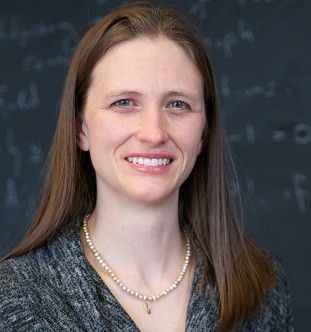
Bio: I am an applied mathematician at Courant Institute of Mathematical Sciences at NYU, who uses and develops tools to address problems in science and engineering. My mathematical work draws on many areas of pure and applied mathematics, but areas of particular interest include stochastic analysis, statistical mechanics, computational geometry, and rigidity theory. My scientific work focuses mainly on modeling physical systems, including those in materials science, fluid dynamics, soft-matter physics, geophysics, and oceanography.
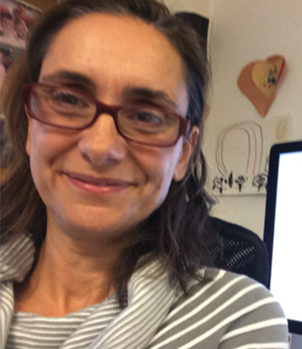
Research Interests: Global carbon cycle and climate. Large-scale circulation of the oceans, meridional overturning, air-sea interactions and variability, gas-exchanges through the air-sea interface, climate variability, turbulence and mixing parameterizations, ocean and coupled ocean-atmosphere. General Circulation Models.
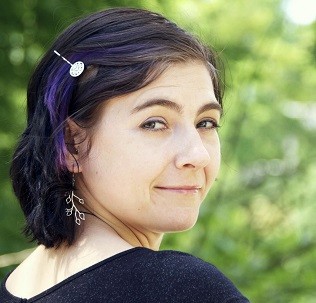
Bio: Jillian has a PhD in Astronomy from the University of Washington, and is currently an assistant professor at Queensborough Community College. Jillian studies the formation and evolution of massive black holes using cosmological hydrodynamic simulations. She is involved in BridgeUp:STEM, and serves on the Committee for the Status of Minorities in Astronomy. Jillian served in the U.S. Peace Corps and lived in The Gambia, West Africa, for two years, where she taught college physics and had many adventures. In her free time she enjoys knitting socks and playing roller derby.
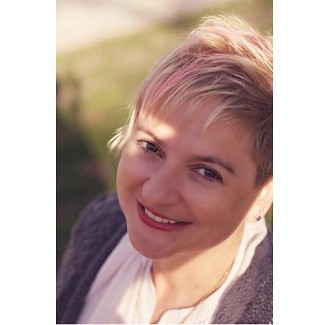
Bio: Ágnes is a Professor of Phsyics and Astronomy at the Pratt Institute, Brooklyn, NY, and a researcher in theoretical physics, holding a visiting scientist appointment at Brookhaven National Laboratory, Long Island, NY. She is a public speaker, promoter of science and evidence-based reasoning, explorer of the gender and racial landscape of science, and engager of science as muse for art and design. As filmaker, her first film Smashing Matters: Behind the Science Scene premiered at the New Haven Documentary Film Festival. See more at www.smashingmatters.com.
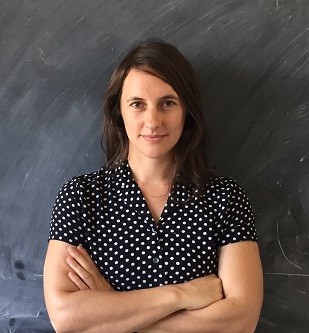
Research and Background: I am an Assistant Professor in the C. N. Yang Institute for Theoretical Physics and the Department of Physics and Astronomy at Stony Brook University, in theoretical cosmology. I was an undergrad at the University of California, Berkeley, I did my PhD at Columbia University, and I spent time as a post doc at the Kavli Institute for Cosmological Physics at the University of Chicago and at the Institute for Advanced Study in Princeton.
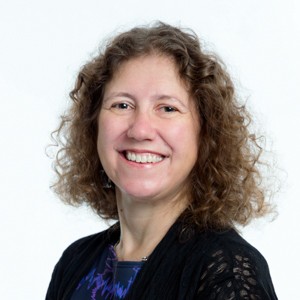
Research: My research is on detection of gravitational waves. I am a Professor in the Department of Physics and Astronomy in Louisiana State University, where there is a large group of people working on the subject, both in theory and experiment. LSU is only 30 miles away from the LIGO Livingston Observatory. Read more on her profile on APS Minority Physicist Profiles!
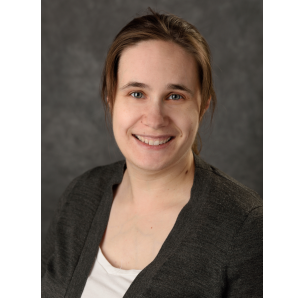
Bio: Kendall Mahn joined the MSU Department of Physics and Astronomy in 2014 as a high energy particle (HEP) experimentalist. In 2016, she became the ninth member of the department to receive a prestigious Sloan Research Fellowship since the program’s inception in 1955. In the Fall of 2017, she became one of two analysis coordinators for the T2K Experiment. Her statement of research interests follows.
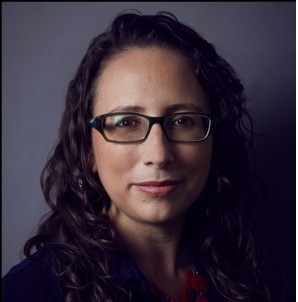
Research Interests: Observational Astronomy. Optical and Near-Infrared Spectroscopy. Low-Mass stars and Brown Dwarfs. Low-mass Populations of Young Moving Groups. Read more on her profile on APS Minority Physicist Profiles!
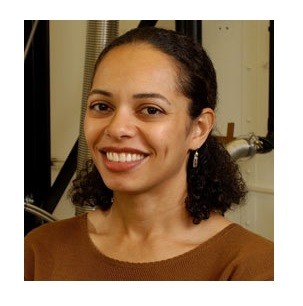
Research: Our research [in the Mason Research Group] focuses on transport in nanoscale and mesoscopic systems— graphene, nanostructured superconductors, and topological insulators. An improved understanding of the nature of electronic transport in such systems has profound implications and impacts for topics ranging from high-temperature superconductivity to quantum computing. Check out her profile as part of APS Minority Physicist Profiles.

